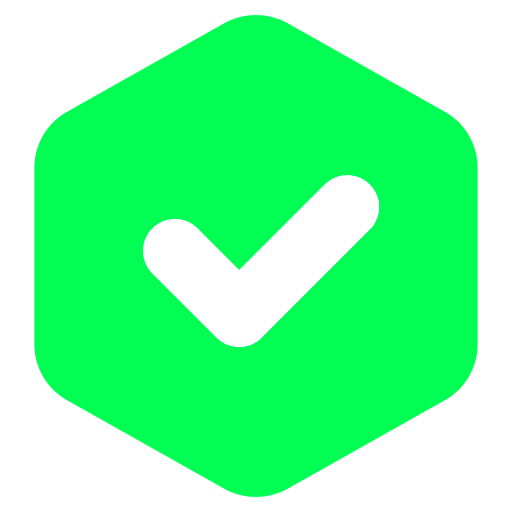A Pokemon-ized Mega Man game? | First Impressions - Mega Man Battle Network Legacy Collection

Mega Man Battle Network Legacy Collection is a grand compilation of the six-part Mega Man Battle Network games (including the dual iterations of 3, 4, 5, and 6) that were originally released way back in the 2000s for the Game Boy Advance, now ported and remastered for newer gen consoles – Switch, Playstation, and PC. With three games comprising each two Volumes. The game maintains the same GBA 3:2 ratio aspect ratio and instead inserts Mega Man backgrounds for the remaining screen space, with no option for black bars.

The Mega Man Battle Network games, or Battle Network for short, takes place in a distant future where the digital world has taken over people’s daily lives. Players take on the role of the fifth-grader Lan Hikari, a young boy who is the operator of an online Avatar called MegaMan.EXE.

The gameplay of Mega Man Battle Network Legacy Collection features two main components. The part where players control Lan Hikari and roam around the real world, and the dungeon crawling part where players control his avatar, MegaMan.EXE instead and roam inside the digital world full of viruses and other avatars. While the RPG-esque gameplay of Pokemon is somewhat resembled here, it turns itself into a whole new unique experience by incorporating hacker culture and The Matrix influences— themes that have just recently reached heights in the early 2000s as well.

The combat of Battle Network is the most unique aspect of this game series, which involves players controlling MegaMan.EXE in random combat encounters with the battles taking place in a 6x3 grid. Players move MegaMan around the tiles in real-time to dodge enemy attacks and launch their own attacks. This whole dynamic is pretty basic at first glance, but the addition of so-called “battle chips” into the equation made all the difference.

You’d think the format is fully real-time here, but it's actually turn-based in the grand scheme of things. Before the battles start, players must strategize which battle chips to bring in (from a randomized pool) which will represent the different abilities and moves available for real-time use, aside from the basic attack. After a while, you are allowed to bring in new chips for use again, forming the “turns” of the combat system. This basically comprises the deck building aspect of the game.

I found the rules for selecting the chips are mainly restrictive at first, because you can only bring in either duplicate chips or chips with the same code (which rarely happens more than 2 times), but after some time, it actually adds a lot of depth to the deck building element, making players think about different synergies and potential combinations with the chip codes. Resulting in some amazing combination of chips to use, despite the randomized nature.

This change in style actually shocked me, as while I have known and played Mega Man games since I was a child, I have only played the mainline games so far and these were action-packed side-scrolling platformers, far from the turn-based, deck building, Pokemon-ized gameplay of Battle Network. Despite this, I’m actually having a blast playing this almost 20 year old game series. For both Mega Man fans and non-fans alike who have yet to try this and are open to fresh retro gameplay opportunities, this is probably the perfect chance to try this game, if you can stomach the full AAA price of $60.
Mentioned games



